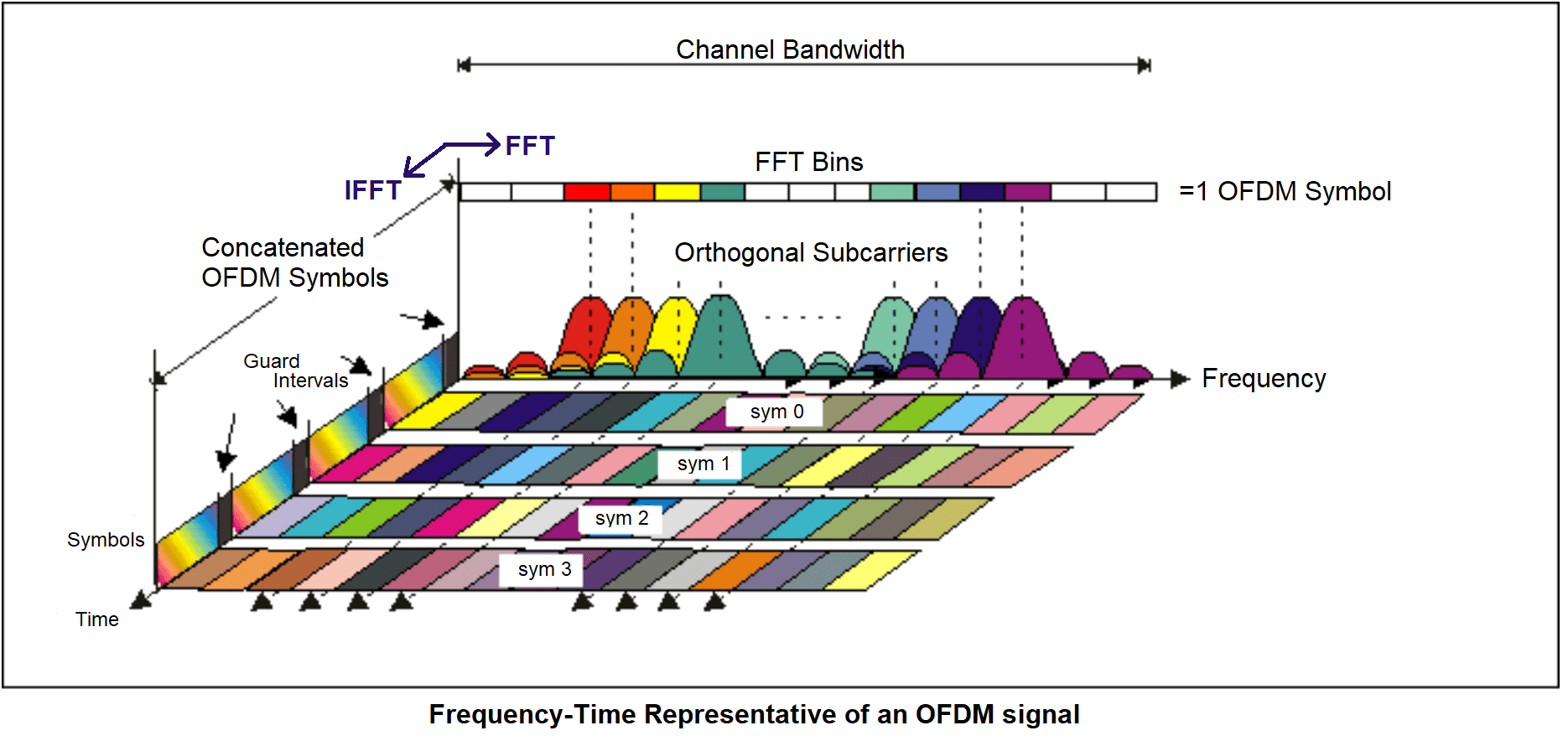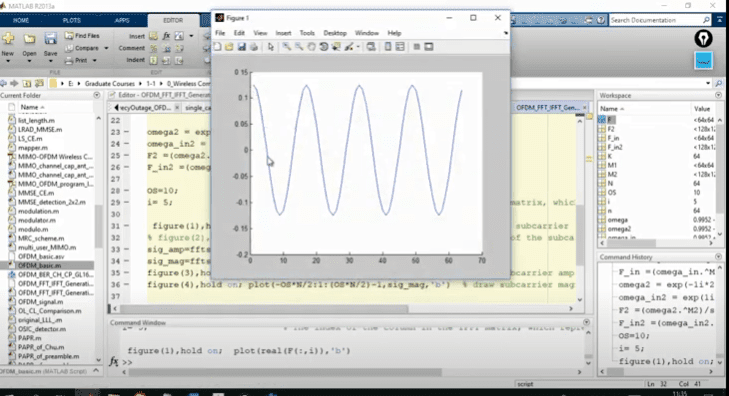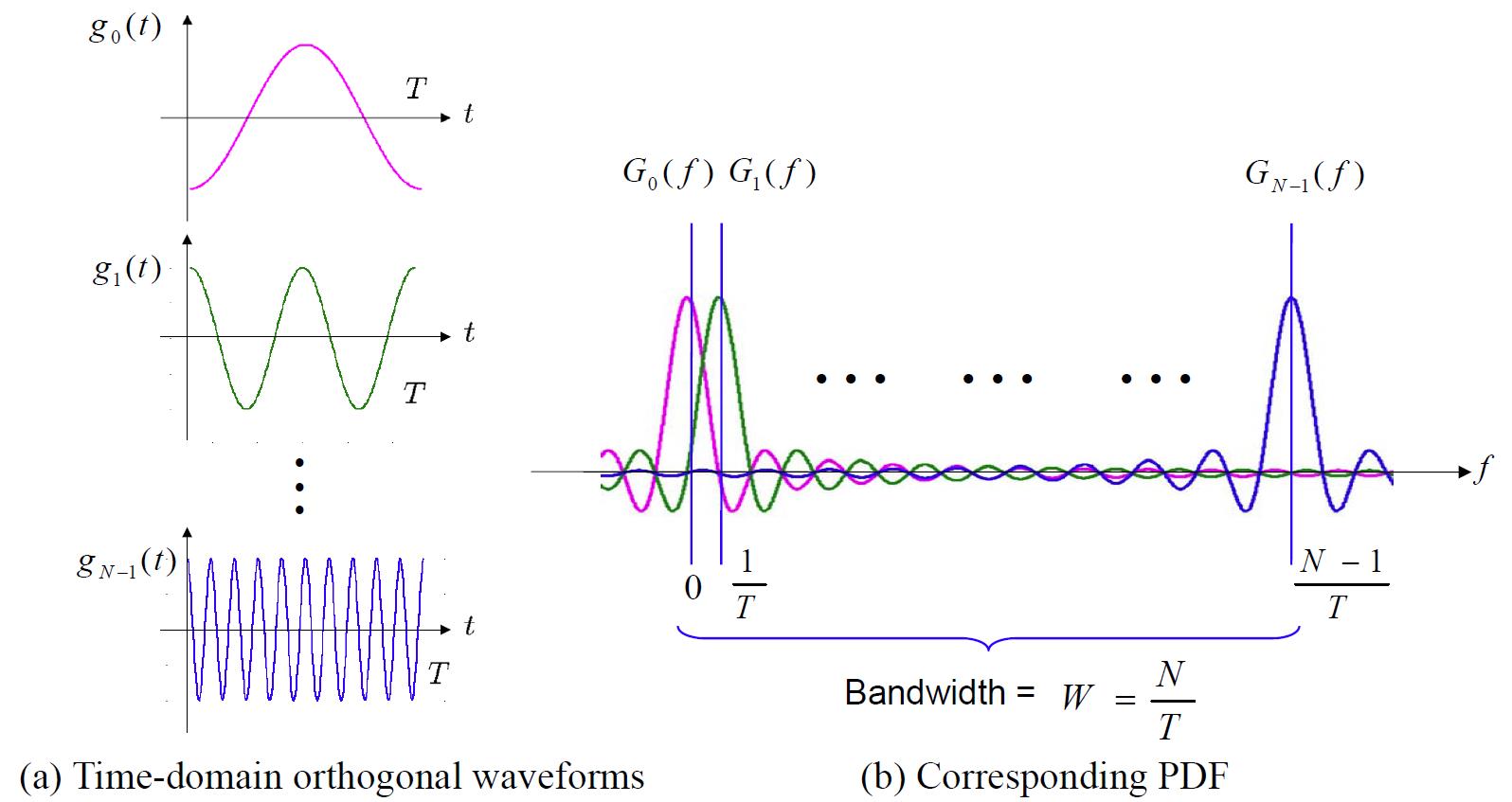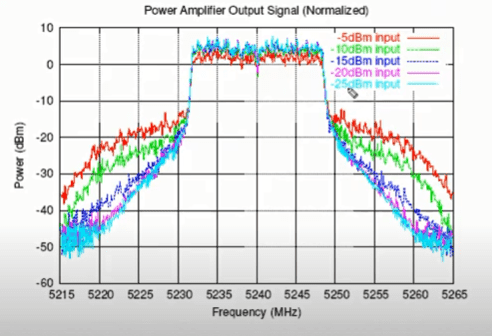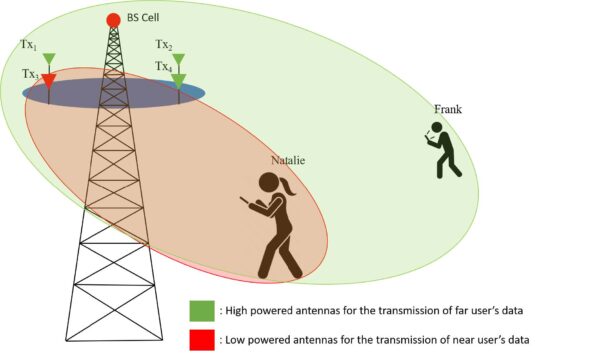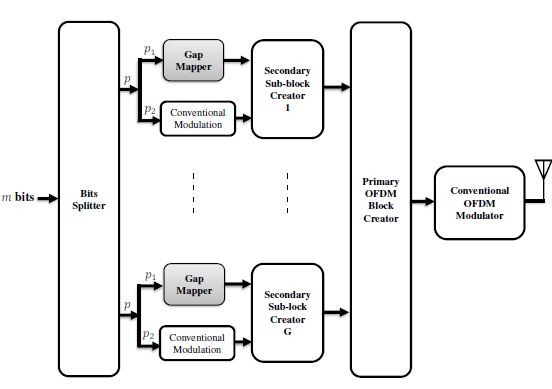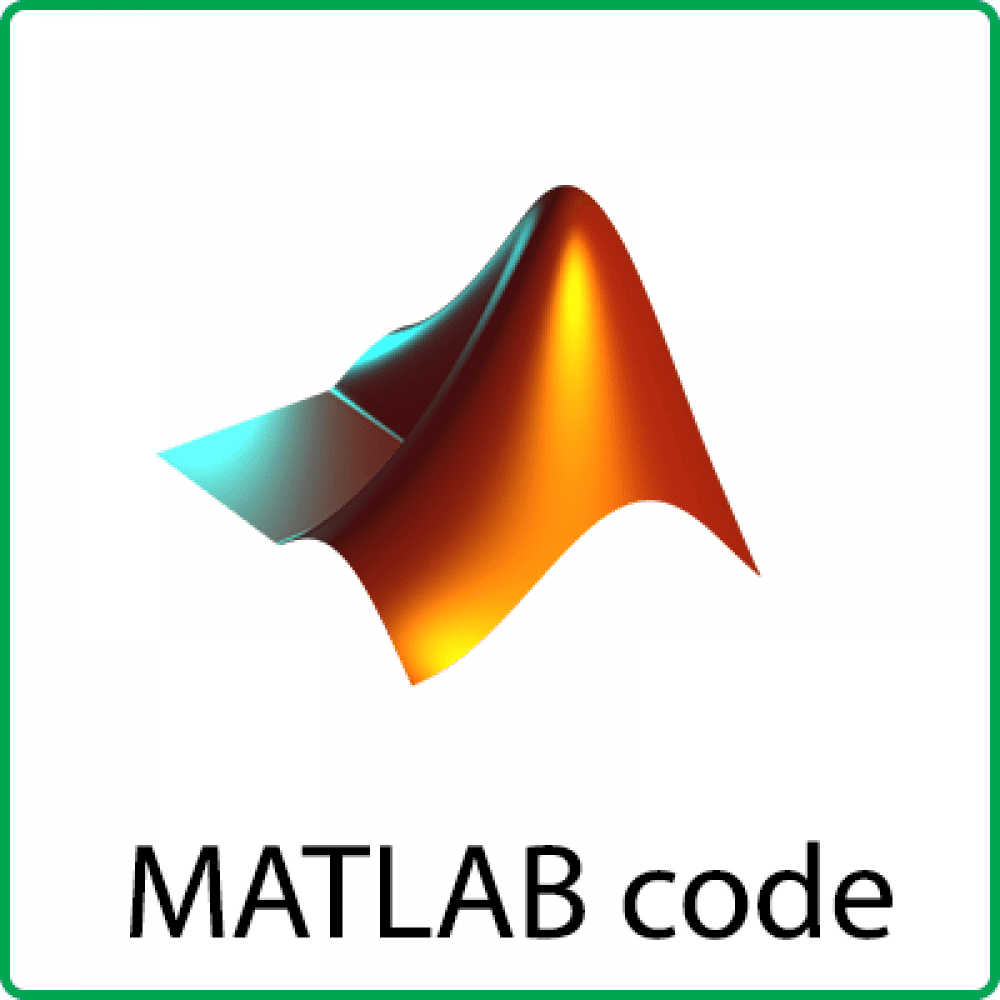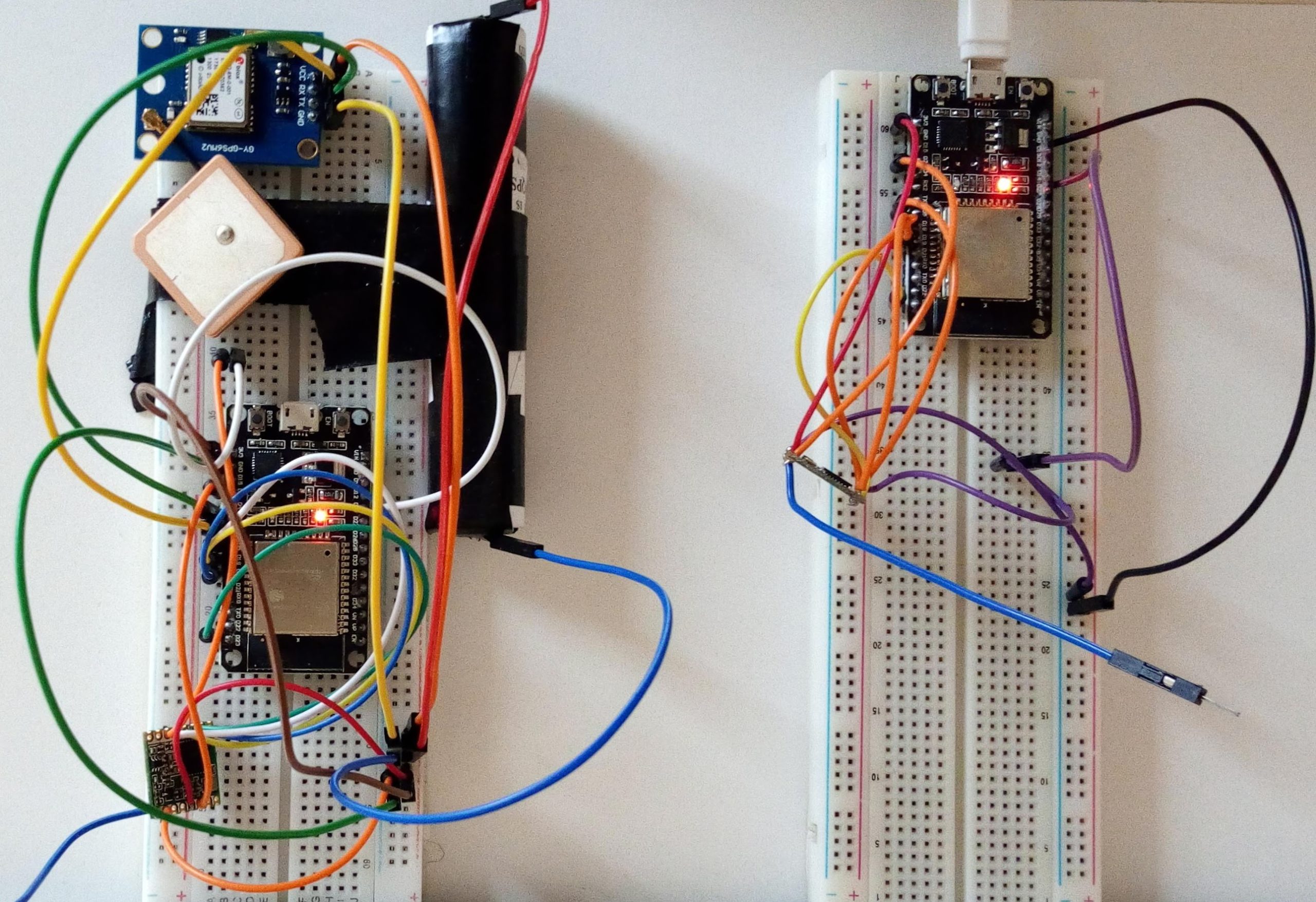Description
The downloadable file contains the MATLAB CODES, which enable the implementation of the most commonly used Peak-to-Average Power Ratio (PAPR) reduction techniques in OFDM-based systems.
========== About PAPR Reduction ===========
The transmit signals in an OFDM system can have high peak values in the time domain since many subcarrier components are added via an IFFT operation. Therefore, OFDM systems are known to have a high PAPR (Peak-to-Average Power Ratio), compared with single-carrier systems. In fact, the high PAPR is one of the most detrimental aspects of the OFDM system, as it decreases the SQNR (Signal-to-Quantization Noise Ratio) of ADC (Analog-to-Digital Converter) and DAC (Digital-to-Analog Converter) while degrading the efficiency of the power amplifier in the transmitter. The PAPR problem is more important in the uplink since the efficiency of the power amplifier is critical due to the limited battery power in a mobile terminal.
In general, even linear amplifiers impose a nonlinear distortion on their outputs due to their saturation characteristics caused by an input much larger than its nominal value. Due to the aforementioned saturation characteristic of the amplifier, the maximum possible output is limited by Pmax_out when the corresponding input power is given by Pmax_in. Thus, the input power must be backed off so as to operate in the linear region. Therefore, the nonlinear region can be described by IBO (Input Back-Off) or OBO (Output Back-Off).
Note that the nonlinear characteristic of HPA (High Power Amplifier), excited by a large input, causes the out-of-band radiation that affects signals in adjacent bands, and in-band distortions that result in rotation, attenuation, and offset on the received signal.
